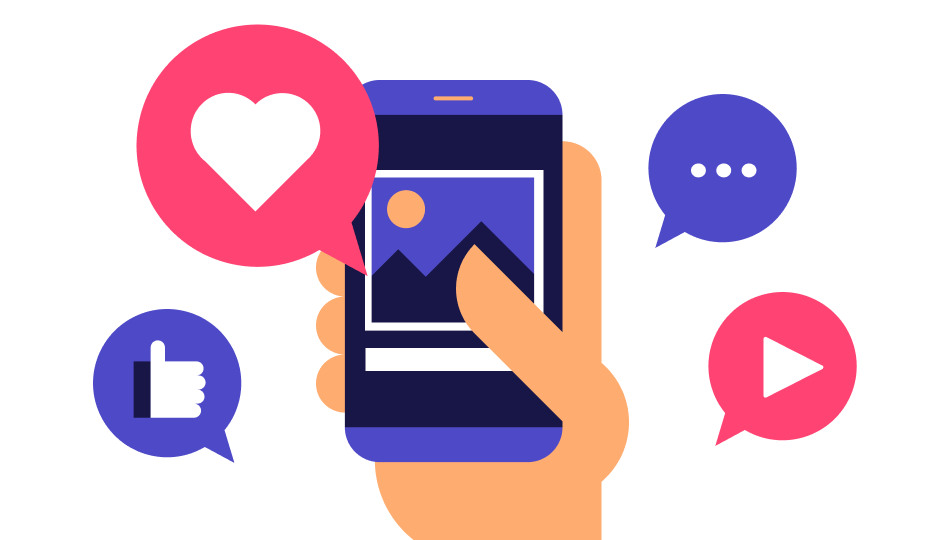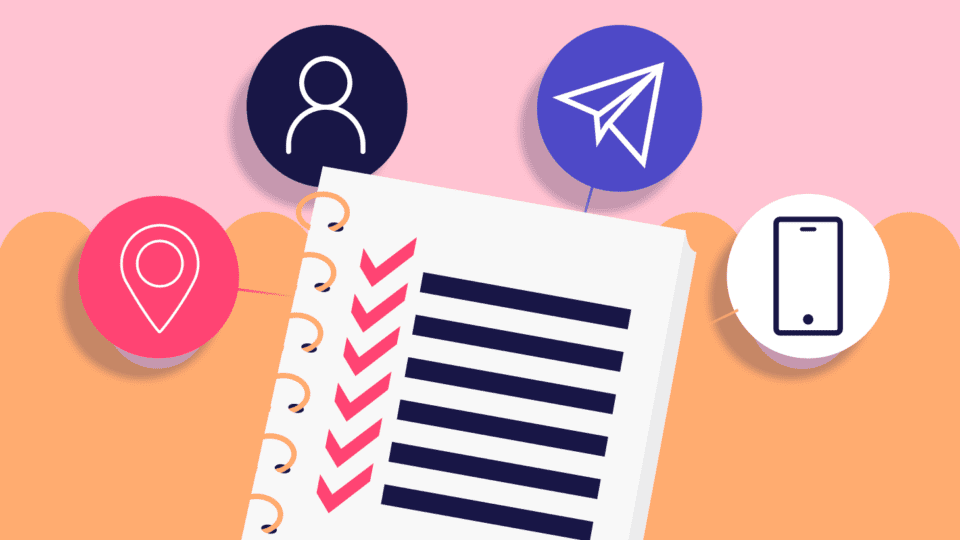Summer PR Planning: 10 Tips to Drive Impact During Vacation

With summer vacation just around the corner, it’s natural to feel your creativity slipping away as everyone heads out of the office. However, with smart summer PR planning, this season can be a prime opportunity to make a significant impact. Here are 10 insider tips to help you leverage seasonal media consumption behaviors – and make the most of this summer.
Vacation time doesn’t necessarily mean that your target audiences consume less media, but their settings, contexts, and behaviors do change.
As a PR, marketing, or communication professional, you typically engage with two key audiences:
- Journalists
- Customers
During the summer, these groups experience shifts in their routines.
Let’s explore these changes and how you can adapt to leverage them in your summer PR planning to effectively engage your audiences, boost brand awareness, and make a significant impact.
Because we know that if you’re in PR and marketing, this time of year might not be your most relaxed or creative.

How Your Target Audiences’ Conditions Change During Summer
Journalists and News Outlets
Though some regular staff might be on vacation, news outlets tend to do business as usual.
However, most journalists experience a “news drought” during summer, making them more receptive to news tips and pitches. Traditionally, this period has been called the “silly season” for this reason, just like the football term.
Additionally, many news outlets rely on interns or temporary staff during the summer. These substitutes normally work from the office but might lack the same network, experience, or routine, and may feel stressed, confused, or unsure about what to prioritize during the summer.
Potential Customers
Whether B2B or B2C, your second target audience – potential customers – will likely be in vacation mode, consuming your message in relaxed settings such as:
- On a sunbed
- At the beach
- In a hammock
- In transit
- In bed, just before sleep
- … or, let’s be honest: in the bathroom.
Now, let’s look at what people tend to consume during summer and how.
Behavior: How People Consume Media During Summer
Media consumption patterns shift towards entertainment, relaxation, and inspiration during summer.
While behavior varies across industries, some general trends emerge:
- People read more for personal enjoyment and education rather than work-related purposes, and they set aside more time for reading.
- Long-form content like in-depth articles, books, and whitepapers on more complex topics gain more traction. For example, people are more inclined to read about the psychology behind decision-making rather than concrete frameworks for performance marketing analytics.
- There’s an increase in outdoor activities and photo sharing with friends and family, making strategic visual content highly shareable.
To put these insights into action, let’s see how you can plan your activities for the upcoming summer months.

10 Tips for Your Summer PR Planning This Year
Targeting Journalists and News Outlets:
1. Pre-vacation Outreach
Contact key journalists before vacation time to inform them of your upcoming news. Ask who will cover for them to ensure continuity. This way, both of you will be prepared when the time comes.
2. Seasonal Relevance
Ensure your news is easy-going and relevant, with interesting twists that appeal during the “silly season.”
3. Simplify Stories
Tailor your approach to make the job easier for interns and temporary staff in the news and media industry. Craft your press releases and stories to be almost copy-paste ready to save journalists time.
Here’s a press release template for you:
Download Free Press Release Template
4. Provide Ready-to-Use Assets
Provide low-res photos for web use and high-res photos for print. If possible, include images tailored for specific social channels. This reduces the amount of work the journalists need to put into fetching and editing images.
5. Offer Multiple Quotes
Provide several quotes to reduce the need for journalists to make follow-up calls and seek approvals.

Targeting Potential Customers:
1. Leisure Reading
Publish educational guides, whitepapers, or short digital keynotes focusing on deeper insights rather than practical hacks.
2. Outdoor Pop-ups
Organize pop-up events at beaches, markets, or festivals to distribute branded merchandise such as sunglasses, water bottles, beach bags, umbrellas/parasols, blankets, earplugs… These events offer direct engagement with your audience and are great for brand visibility.
Encourage people to share photos of them using the giveaways and tag your company for potential reposts.
3. Curate Educational Podcast Playlists
Share playlists featuring compelling podcast episodes. Create a “summer best of” from your company’s own podcast series or compile a list of popular industry-relevant podcasts from other brands.
Consider sponsoring summer episodes of leading podcasts in your industry.
4. Collaborate with Other Brands
Explore potential partnerships with brands that complement your products or services for co-branded summer campaigns. Collaborative promotions can expand your reach and introduce your brand to new audiences.
Encourage user-generated content by inviting people to share their summer experiences with your products.
5. Community Engagement
Sponsor local events or organize initiatives such as beach clean-ups, sports events, or local fairs to strengthen your brand’s community presence.
And last but not least…
… don’t forget to prepare for contingencies!
Have a backup plan for unforeseen circumstances like weather disruptions or market changes. Flexibility ensures your PR and marketing efforts remain effective regardless of external factors.
Now, by understanding summer media consumption and adapting your strategies accordingly, you can maximize your PR and marketing results even during the vacation season.
Conclusion
In this blog post, we’ve talked about how during the summer, the conditions and routines change for the two following target audiences: journalists and potential customers.
Media consumption shifts towards entertainment, relaxation, and inspiration. People read more for personal enjoyment and education, favoring long-form content like in-depth articles and books over shorter guides. Outdoor activities and photo sharing increase, making visual content highly shareable.
To maximize the changes of getting your pitched story featured in the media during summer, targeting journalists you should:
- Do pre-vacation outreach.
- Craft stories with seasonal relevance.
- Simplify your stories to make the job easier for temporary editorial staff.
- Provide ready-to-use assets and multiple quotes when distributing stories or press releases.
Targeting potential customers, you can:
- Publishing leisure reading.
- Organizing outdoor pop-ups and distribute branded merchandise.
- Compile and share curated playlists of podcast episodes or sponsor leading industry podcasts.
- Partner with other brands on summer campaigns.
- Sponsor local events or organize initiatives such as beach clean-ups to strengthen your brand’s community presence.
Also, don’t forget to have a contingency plan for bad weather or unexpected market changes.
PS. Need a PR plan for the summer?
Download our free PR Plan template: